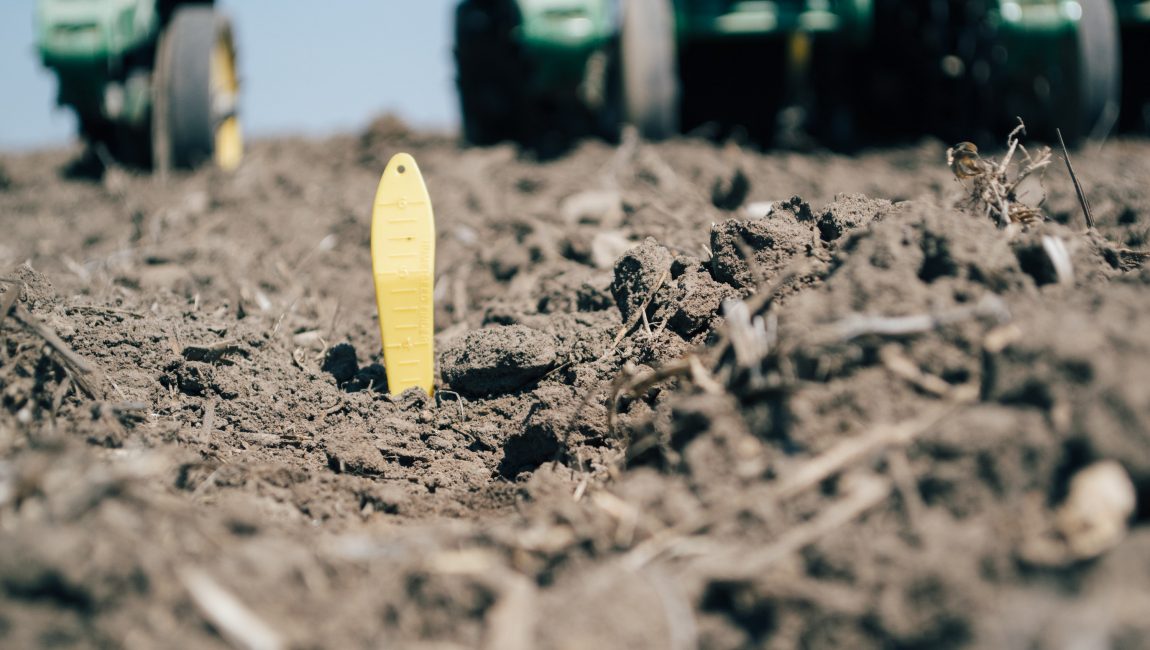
Have you been racking your brain for why your seed isn’t growing at the rate you’d like it to be? The solution might be simpler than you thought. Let’s take it back to the basics and ask the question – is it my soil or is it my seed?
The first step towards finding out if you have a soil or a seed issue is to perform a soil test. Soil testing is a great tool to help you understand the underlying chemical and biological dynamics of your soil. A standard soil test and an organic matter analysis will give you a great foundation for a basic soil fertility plan.
Good sampling techniques can make all the difference in obtaining accurate results. First, know what your field management units are. These units are based on land management – physical boundaries, soil type, crop rotations, or a combination. Follow a zig-zag pattern when performing 12-15 samples with your soil probe across the entire “unit” for a representative sample. Stay away from the edges of the field or any wet spots. Sampling depth should be six to eight inches. Place samples in a clean bucket and send one cup of the soil in a labeled sample bag to your local lab.
Okay, so you’ve tested your soil, now what? Interpreting your results can be tricky so reach out to your state extension expert, your local agronomist, or your local fertilizer salesman for their nutrient recommendations. Your soil test should uncover available nutrient levels your crop needs.
If your soil test came back great, but you’re still not having the best success with your crop, it could be a matter of seed-to-soil contact. One solution is prepping your seedbed well. Success in establishing conservation seedlings such as cover crops or natural grass pastures require planning and timely seedbed preparation.
The goals of seedbed preparation are to preserve the maximum amounts of soil moisture, manage competing vegetation, enhance seed-to-soil contact, and allow for the proper seeding depth, germination and emergence of the species to be seeded in the conservation planting.
The perfect seedbed is evenly firm, has soil moisture near the surface, is free from competing vegetation and is well-packed beneath the soil with small surface clods or a light mulch of residue to reduce erosion.
Most seeds basically require water, oxygen, and advantageous temperatures for germination. Seeds that have good contact with soil are less likely to experience widely fluctuating wet-dry cycles because the soil transfers water efficiently to the germinating seed allowing its roots to grow deeper into better soil moisture. If soil is too loose, air in the soil increases the amount of wetting and drying cycles in the soil and when a seedbed is too firm, it is tough to get the seed into the soil.
There are lots of factors that are out of our control like weather, disease, and pest outbreaks. However, when you better understand your soil type and provide the most ideal seedbed for your crop, the chances of having a good stand establish increases and will hopefully outweigh the factors beyond your control.
Still have questions? Give us a call and we’d be happy to help you figure out your next steps.
